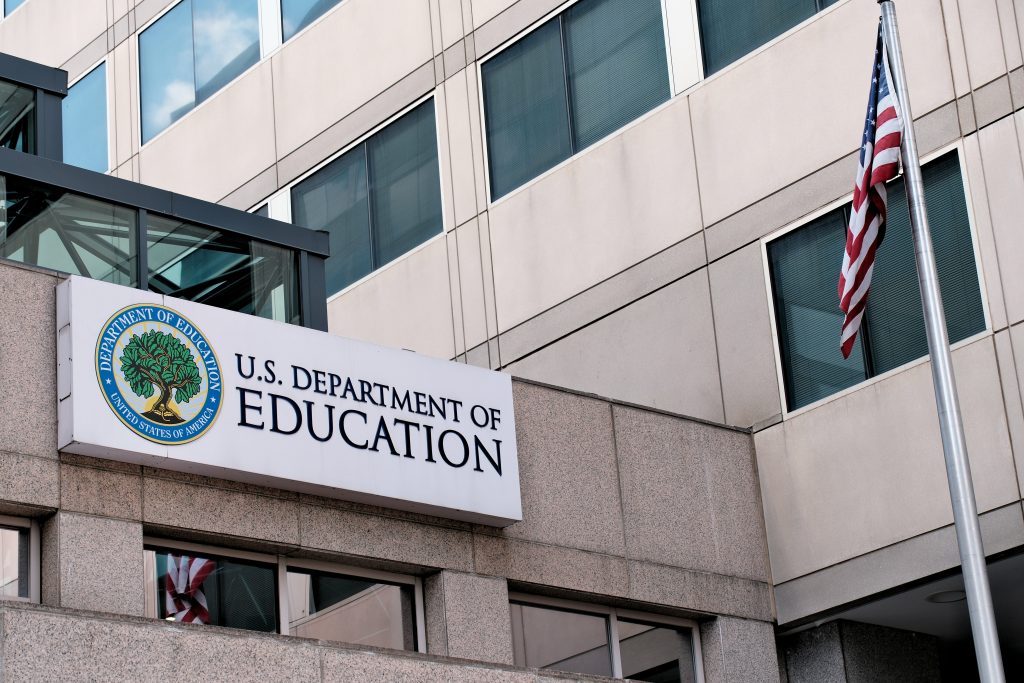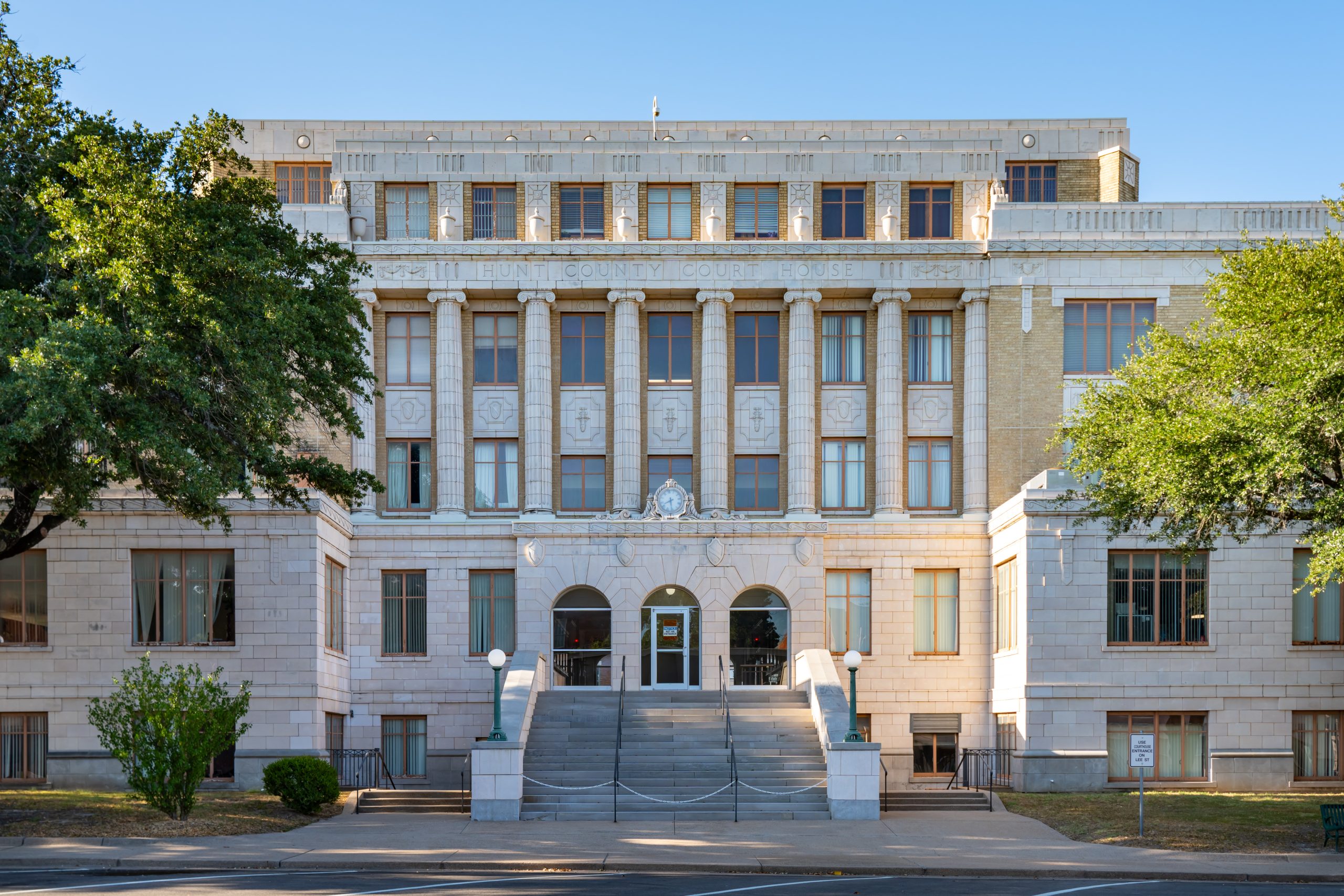Roughly 195,000 Americans who have defaulted on their federal student loans are at risk of having their federal benefits—such as Social Security and tax refunds—seized starting in June 2025. The Education Department confirmed the action as part of its plan to resume full-scale collections after a five-year pause triggered by the COVID-19 pandemic.
Borrowers who received notices this spring now have 30 days to resolve their default status or face automatic collections through the Treasury Offset Program (TOP), a tool that allows the federal government to withhold funds to recover unpaid debts.
Garnishment Resumes After Long Hiatus
Collections on defaulted federal student loans were halted in March 2020 as part of the pandemic relief measures. But with the end of the federal student loan payment pause and default protections in late 2023, the Department of Education is gradually reactivating collection tools.
As of May 5, 2025, the department officially resumed debt collection activities. The 195,000 borrowers who received offset notices represent the first wave of individuals being targeted for benefit seizures.
The Treasury Offset Program can divert money from:
- Federal and state income tax refunds
- Social Security benefits
- Federal salaries and retirement payments
Wage garnishments are expected to resume later this summer.
Who’s Affected?
Borrowers in default are defined as those who have gone at least 270 days without making a required payment. According to Education Department estimates, around 5.3 million borrowers are currently in default, and an additional 4 million are severely delinquent.
The 195,000 borrowers receiving notices this month are only a fraction of those potentially subject to offsets.
Most at risk are low-income borrowers who rely on Social Security, tax credits, or other federal benefits to cover basic living costs.
Pathways to Avoid Collections
Borrowers still have time to act. The Department of Education is encouraging those who received notices to contact its Default Resolution Group. Options to avoid garnishment include:
- Loan Rehabilitation: Makes nine on-time payments in 10 months to remove a loan from default.
- Consolidation: Combines loans into one and brings them into good standing if paired with an income-driven repayment plan.
Borrowers can also apply for hardship exemptions in cases where offsets would create serious financial burdens.
More information and help are available at studentaid.gov and through the department’s Default Resolution Group.
Backdrop
The return of student loan collections comes as the Biden administration’s broad loan forgiveness plan remains blocked by the Supreme Court. Though the White House has implemented targeted relief—such as one-time adjustments and fixes to income-driven repayment plans—millions of borrowers remain ineligible for forgiveness.
The Department of Education has now shifted its focus toward enforcement and repayment compliance. Education Secretary Linda McMahon recently stated that “borrowers must resume their obligations,” citing the end of COVID-era flexibility.
What’s Next?
With collections now underway, more defaulted borrowers are expected to receive offset or garnishment notices throughout the summer. The Department says it will continue outreach to help borrowers avoid punitive measures, but critics argue the window for assistance is shrinking fast.
For those facing potential benefit seizures, acting quickly may be the only way to protect federal income streams.



